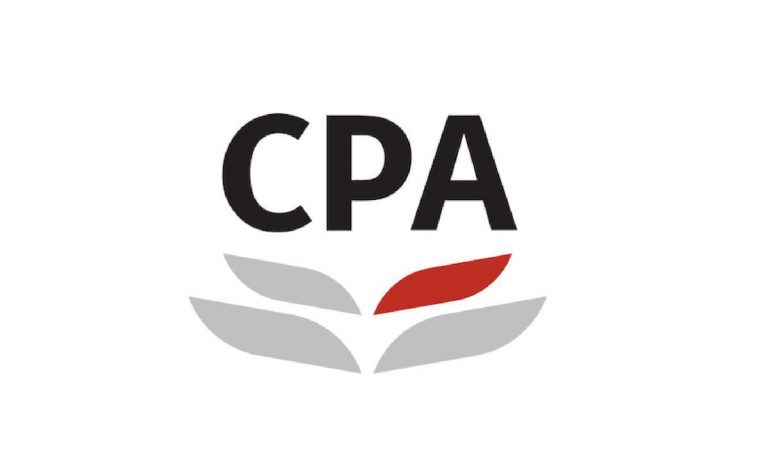Pressure to lower fees has consistently appeared as one of the top challenges facing small- and medium-sized practices (SMPs). In each of the last three IFAC Global SMP Surveys, it has featured in the top four challenges – and it is expected to be the same in 2018. Various factors will affect fees charged, including the type of service provided and circumstances of the entity (e.g. size and issue complexity). Countries may also have different legislation or regulation specific to certain services.
Negotiating higher fees: demonstrating and communicating value
When entering into fee discussions, it is important to focus on value and meeting the needs of the client, not on price. The price should only be the last element of any negotiation. Value must be first – if there is no value, then there is no price.
Three key factors for firms to effectively manage fee pressure relate to the client relationship, the quality and expertise provided and utilizing technology.
Client relationship
Research indicates that SMPs’ relationships with their clients are often long-term, personal and based on trust. Practitioners have an in-depth knowledge and understanding of their clients and are, therefore, well-positioned to provide a range of services. Knowing the client means understanding their business affairs, what motivates them and listening to their pain points, vision and long-term plans for the business and its needs. One of the best ways is through a client questionnaire. The IFAC Guide to Practice Management for SMPs includes examples that can be used as a basis.
SMPs have a clear advantage by being able to build strong relationships with clients at the partner level, which should be used as a selling point and one of the reasons supporting the fee charged. When a level of relationship is achieved, price becomes less of an issue because the client appreciates they are getting sound advice from their trusted adviser.
The art of conversation – that is, the need for clear and regular communication – is vital to a successful, and ongoing, relationship. It helps build a closer relationship, increase client retention and efficiencies. Staff satisfaction can also increase by developing relationships with client contacts.
This relationship is two-way. Firms need to spend time proactively assessing and managing their clients. For example, clients can be classified based on the fee level, number of services utilized, payment of bills, recovery rates and enjoyment working with key staff. This ranking may allow the firm to focus its efforts on the most valuable clients and consider special pricing arrangements that apply in different circumstances. For instance, pricing structures could vary depending on the service type or number. For example, preferential pricing or a staged payment plan may be considered for clients who utilize a large number of services. In addition, at times it may be that the price isn’t wrong, the customer is!
Quality and expertise
The service provided has to be high quality. This should be reflected throughout clients’ experience with a firm – from the initial proposal, onsite interactions with all staff and final service delivery. Ultimately, if the client finds value in what is delivered, they will be willing to pay the appropriate fee. Practitioners need to leverage trust and promote relevance.
Given client’s focus on output and results, the time a firm spends delivering a service may not be relevant. It is widely recognized that time-based billing is an outdated approach for certain services and value pricing is increasingly popular. But it remains important for practitioners to maintain documentation (e.g. timesheets, checklists, reviews) in order to support the level of fees charged. The information may also be useful for future service proposals.
Practitioners need to demonstrate their expertise, which can be a differentiating factor for the fee level charged. By developing sector- or industry-specific knowledge and expertise, practitioners can provide real added-value to their clients. For example, when presenting figures in a client meeting (rather than just through e-mail), the firm could provide publicly available benchmarking information and utilize the data differently with graphics to provide real insights that help distinguish the service provided.
Utilizing technology: faster delivery of services, better cost management
- Arranging virtual meetings with clients to facilitate face-to-face communication without travel or additional time costs.
- Investing in the cloud to facilitate access to client records 24/7.
- Purchasing and training staff on data visualization tools.
- Designating a high-performing junior staff member to follow tech trends and inform the firm about possible future opportunities and challenges.
- Establishing virtual offices to enable staff to work remotely and effectively manage their work-life balance.
This article originally appeared on the IFAC Global Knowledge Gateway. Visit the Gateway to find additional content on a variety of topics related to the accountancy profession.
Copyright September 2018 by the International Federation of Accountants. All rights reserved. Used with permission of IFAC. Contact permissions@ifac.org for permission to reproduce, store, or transmit this document.















